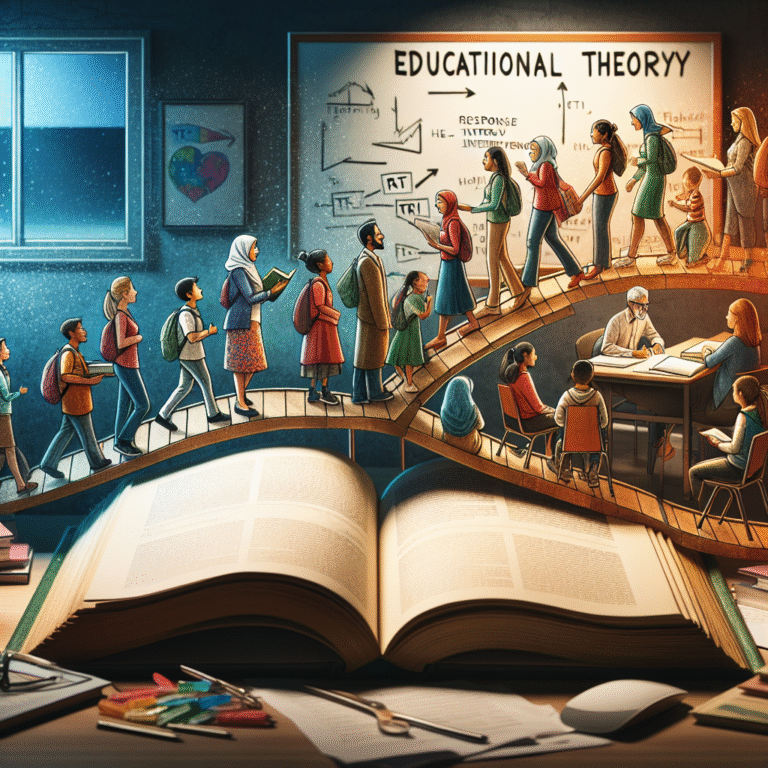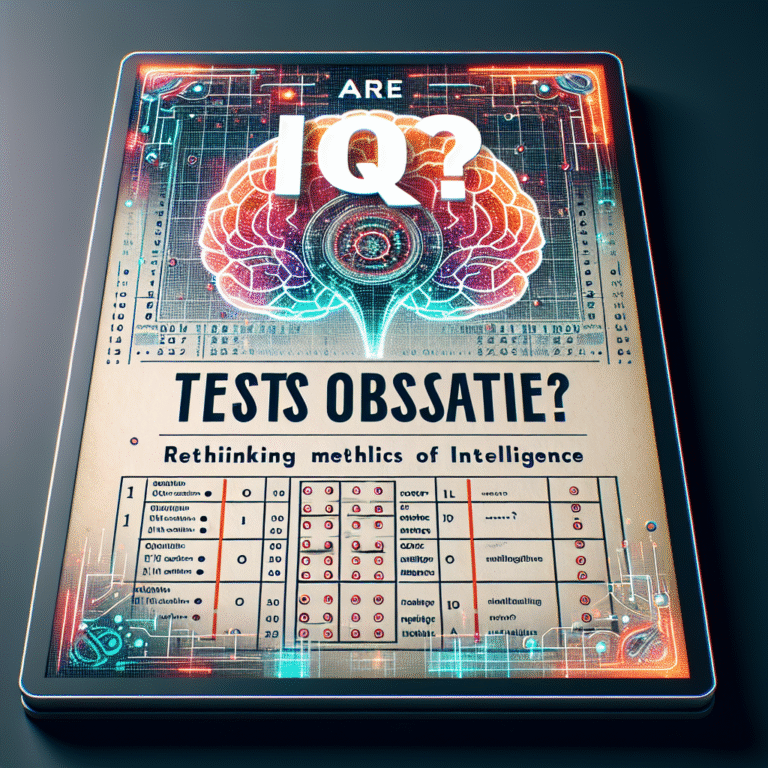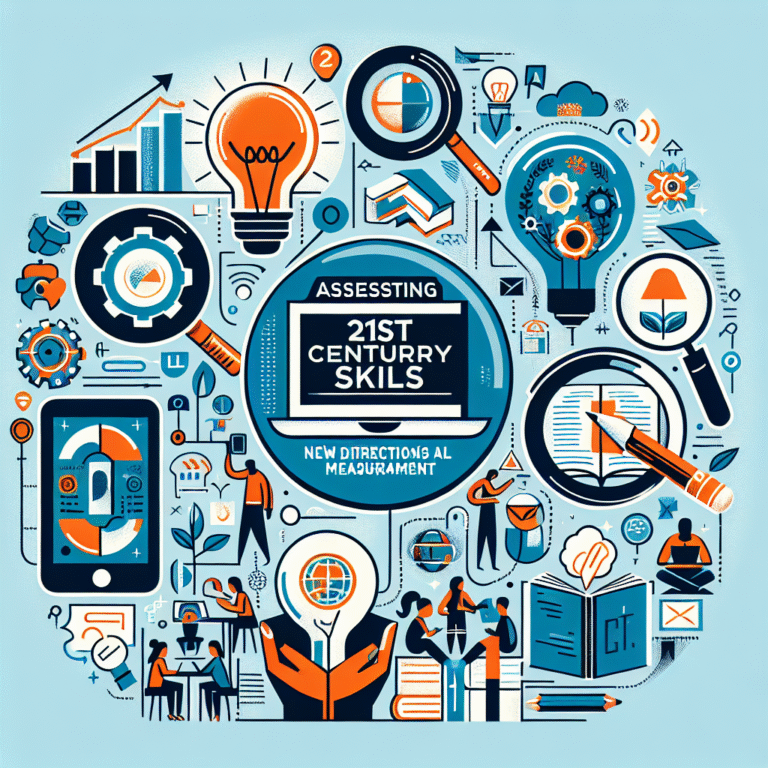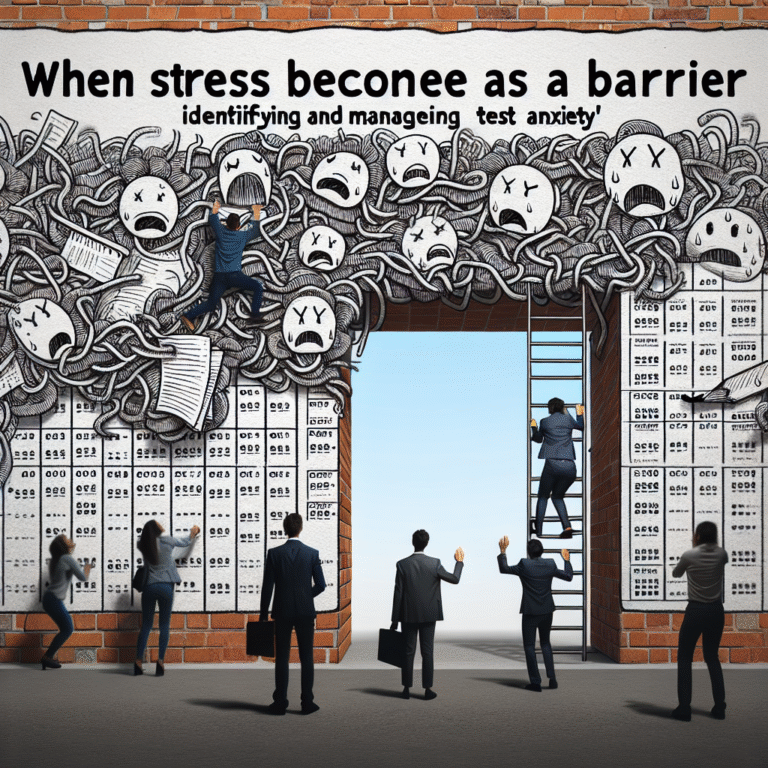
Introduction
Imagine a world where every child’s potential is recognized and nurtured, where gifted children thrive in an environment that champions their unique abilities. The synergy between parents and educators can transform this vision into reality, especially for gifted children who often navigate a challenging educational landscape. Building a Bridge: How Parents and Educators Can Support Gifted Children Together isn’t just a concept; it’s essential for fostering creativity, motivation, and emotional well-being amongst these exceptional learners. In this article, we’ll explore practical ways parents and educators can collaborate, drawing upon real-world examples, and actionable strategies, ensuring our gifted children receive the support they truly deserve.
Understanding Giftedness
The Spectrum of Giftedness
Gifted children often exhibit exceptional abilities in specific areas such as music, mathematics, language, or creative thinking. However, giftedness is not merely about intellect; it’s a complex blend of creativity, task commitment, and the ability to think divergently. Recognizing this spectrum is vital for parents and educators working together.
Common Characteristics
Gifted children may also show certain traits that set them apart, including:
| Characteristic | Description |
|---|---|
| Intensity | High levels of passion and sensitivity towards their interests. |
| Asynchronous Development | They may develop at different rates emotionally, socially, and intellectually. |
| Perfectionism | A tendency to strive for high standards, which may lead to anxiety. |
| Curiosity | An overwhelming desire to understand the world around them. |
| Advanced Use of Language | They might use complex vocabulary earlier than their peers. |
Recognizing these characteristics can help parents and educators tailor their approaches for gifted children, emphasizing the importance of collaboration—Building a Bridge: How Parents and Educators Can Support Gifted Children Together.
The Importance of Collaboration
Why Parents and Educators Must Work Together
The challenging nature of giftedness requires an understanding from both sides:
- Unified Goals: When parents and educators are aligned on objectives, children receive consistent messages reinforcing their growth.
- Diverse Perspectives: Parents can share insights about their child’s unique interests and struggles, while educators can offer expertise in learning strategies.
- Emotional Support: Gifted children often face social and emotional challenges. A supportive network can help them navigate these issues more effectively.
Case Study: The Smith Family and Green Valley Academy
The Smith family’s journey at Green Valley Academy highlights the power of collaboration. By participating in school meetings and advocating for their son Ethan’s needs, they worked with educators who implemented differentiated instruction tailored to Ethan’s advanced mathematics skills. This partnership not only bolstered Ethan’s academic enthusiasm but also built a supportive community around him.
Analysis
This case study exemplifies that Building a Bridge: How Parents and Educators Can Support Gifted Children Together can lead to personalized learning experiences, showing that advocacy and partnership create a thriving educational environment.
Effective Communication Strategies
Open Lines of Communication
Effective communication is paramount in a successful partnership. Regular check-ins and transparent dialogue help keep everyone informed and engaged. Consider utilizing:
- Parent-Teacher Conferences: Focus on partnerships by setting specific goals for the gifted child.
- Weekly Updates: Educators can send brief communications about classroom activities and achievements to keep parents engaged.
Active Listening Techniques
When discussing a child’s needs, employing active listening fosters trust and understanding. Use these techniques:
- Paraphrasing: Restate what the other person said for clarity.
- Open-Ended Questions: Encourage dialogue by asking, "What activities does your child enjoy the most?"
Creating Individualized Education Plans (IEPs)
The Foundation of Effective Support
Individualized Education Plans (IEPs) are essential for gifted children. They provide a structured approach tailored to meet their unique needs. Key components include:
- Goals and Objectives: Clearly defined educational and personal growth goals.
- Services Provided: This could include advanced coursework, mentoring, or enrichment activities.
Case Study: The Martinez Twins
The Martinez twins, Angela and Marco, excelled in different subjects. After a series of consultations between their parents and teachers, they developed tailored IEPs focusing on their strengths—creative writing for Angela and STEM projects for Marco. This comprehensive support fostered their talents and confidence.
Analysis
The Martinez twins’ experience demonstrates that Building a Bridge: How Parents and Educators Can Support Gifted Children Together through targeted IEPs cultivates a balanced growth where both academic and emotional needs are met.
Enrichment Opportunities
Beyond the Classroom
Gifted children often require more than the standard curriculum. Enrichment opportunities provide avenues for deeper exploration. These might include:
- Extracurricular Activities: Clubs, competitions, and community service.
- Summer Programs: Specialized camps or workshops focusing on unique interests or skills.
Incorporating Technology
In today’s digital age, technology offers exciting possibilities for gifted learners. Online platforms can connect children with experts in their fields of interest, providing them with real-world experiences. For instance, coding camps or art workshops can be accessed virtually, enhancing learning opportunities without geographical limitations.
Fostering Social-Emotional Learning
The Emotional Landscape of Gifted Children
Gifted children often grapple with feelings of isolation and anxiety. Collaborative efforts between parents and educators can effectively address these challenges by creating holistic programs that foster emotional intelligence, resilience, and empathy.
Strategies for Emotional Support
- Create Safe Spaces: Establish environments where gifted children feel free to express their thoughts and feelings openly.
- Encourage Peer Interaction: Guide gifted children to connect with like-minded peers through clubs or programs that focus on their specific interests.
Case Study: The Peer Café
At Lincoln High School, a "Peer Café" was established to provide gifted students a platform for discussion and support. This initiative stemmed from collaboration between parents and educators, helping students feel less isolated and more connected.
Analysis
The Peer Café illustrates how Building a Bridge: How Parents and Educators Can Support Gifted Children Together creates an invaluable network, promoting social connections and emotional health among gifted students.
Finalizing a Supportive Network
Building a Community of Support
Creating a sustainable support system goes beyond immediate school needs. Several strategies include:
- Parent Workshops: Offering sessions that educate families about giftedness, enhancing advocacy skills.
- Collaborative Groups: Forming committees where parents and educators can brainstorm ways to improve the educational landscape for gifted children.
The Role of Advocacy
Parents and educators should be advocates for gifted programs, ensuring adequate resources and support systems are available. Joining local and national organizations can provide valuable information and networking opportunities for those striving toward this goal.
Conclusion
Navigating the gifted educational landscape can be complex, yet it is incredibly rewarding. By Building a Bridge: How Parents and Educators Can Support Gifted Children Together, we not only foster academic talent but also nurture emotional growth and resilience. The journey forward lies in open dialogue, targeted strategies, and an unwavering commitment to each child’s potential. Let’s harness the power of collaboration for a brighter future for our gifted children—a future where every talent is celebrated, and every child thrives.
FAQs
1. What is giftedness?
Giftedness refers to a child’s exceptional ability or talent in one or multiple areas such as academics, arts, or leadership.
2. How can parents identify their child’s giftedness?
Parents should watch for signs like advanced problem-solving abilities, intense curiosity, and learning at an accelerated pace.
3. What can IEPs include for gifted children?
IEPs for gifted students often contain personalized learning goals, specialized services, and enrichment opportunities tailored to their strengths.
4. How can I help my gifted child socialize?
Encourage participation in clubs, extracurricular activities, or summer camps that focus on their interests and allow interaction with peers.
5. Why is collaboration crucial between parents and educators?
Collaboration ensures a unified approach in nurturing a gifted child’s abilities, ultimately enhancing their academic and emotional development.
This comprehensive exploration offers insights and actionable strategies on Building a Bridge: How Parents and Educators Can Support Gifted Children Together, aiming to provide the information needed for effective collaboration and support for gifted children.


















